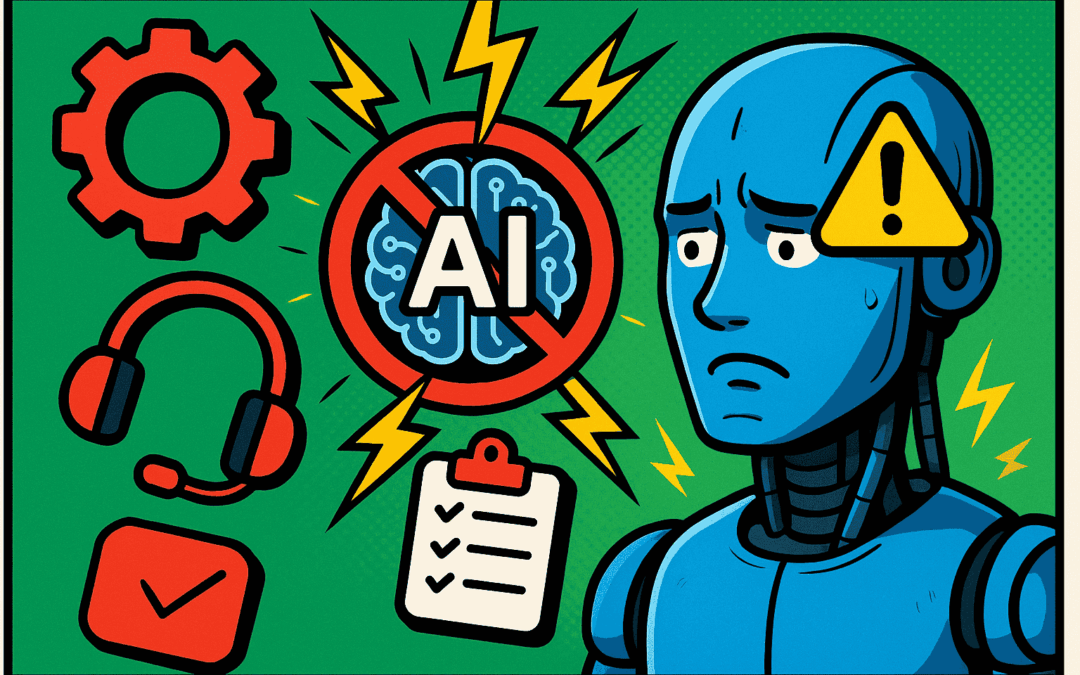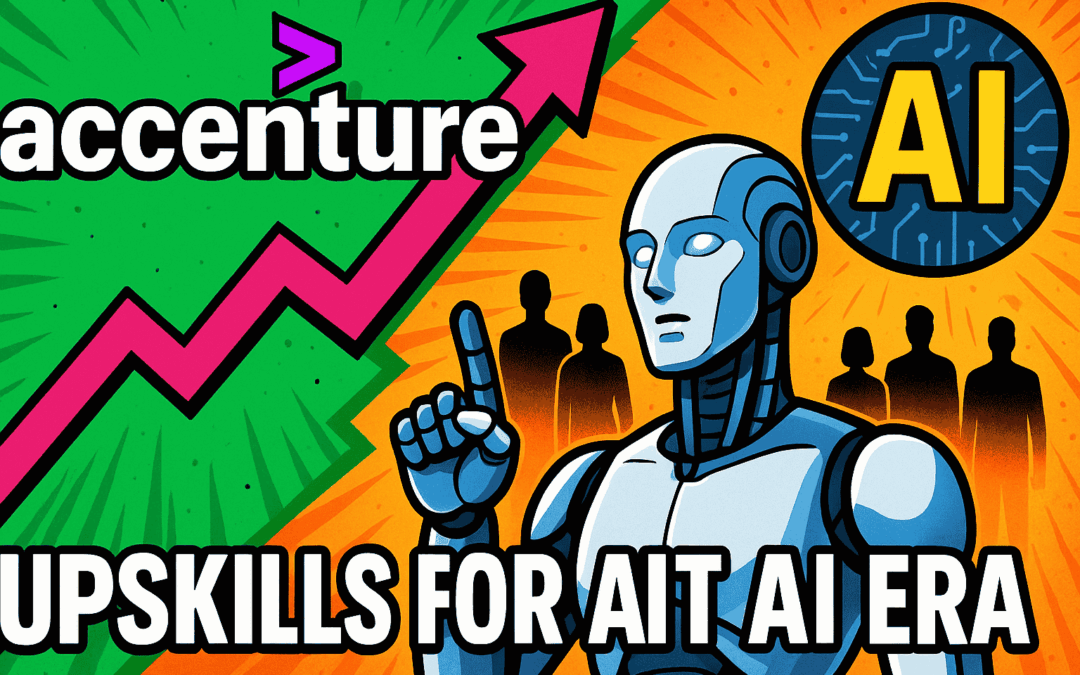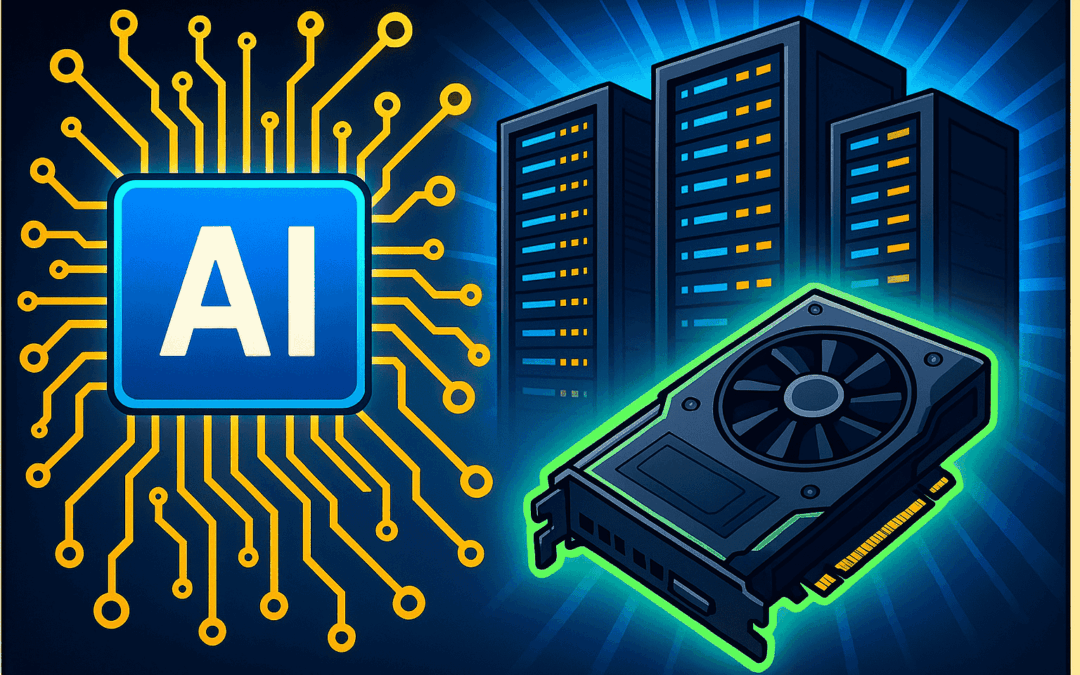AI’s explosive growth is reshaping global infrastructure, as tech giants and cloud providers strike multibillion-dollar deals to power the next wave of generative AI and LLMs.
With data center demand outpacing supply and investment scaling worldwide, developers and startups face both unprecedented opportunities and new operational realities.
Key Takeaways
- Billion-dollar infrastructure investments are rapidly expanding global AI compute capacity.
- Data center demand—driven by LLMs and generative AI—continues to outpace supply, fueling fierce competition for chips, power, and contracts.
- Developers and AI startups are adapting to higher costs and evolving deployment paradigms as hyperscalers shape the market.
- Edge computing, sustainability, and specialized hardware remain critical as AI penetrates new industries.
AI Infrastructure: Fueling the Generative AI Race
The global race to build out digital infrastructure for AI shows no signs of slowing. According to TechCrunch and industry reporting from The Wall Street Journal, hyperscale cloud providers like Amazon, Microsoft, and Google Cloud are investing billions into new data centers, long-term power contracts, and exclusive semiconductor agreements.
Organizations scramble to meet skyrocketing demand for large language model (LLM) training and inference, resulting in record infrastructure deals with both established chipmakers and real estate operators.
“The scale of new data center deals for AI capacity now rivals historic telecom infrastructure buildouts, accelerating global competition for every Watt and GPU.”
Impact for Developers, Startups, and AI Professionals
The new AI infrastructure landscape comes with both benefits and challenges for those building or deploying LLMs and generative AI:
- Compute scarcity and escalating costs: Access to GPUs and specialized AI hardware, like NVIDIA’s H100s and Google’s TPUs, remains a bottleneck for many startups. Cloud costs continue to climb as hyperscalers pass along their massive investments.
- Platform consolidation: Increased reliance on major cloud platforms means developers often must architect for specific AI stacks and accelerator availability, which can impact portability and innovation.
- Sustainability and latency: As AI workloads scale, optimizing for energy efficiency and deploying at the edge (for latency/data sovereignty) emerge as non-negotiable architectural considerations.
- Partnership and funding opportunity: Startups focused on efficiency, custom silicon, edge AI, and sustainable computing may benefit from partnerships or investment interest as cloud providers seek differentiation in the infrastructure arms race.
Outlook: What’s Next in AI Infrastructure?
Tech’s leaders view long-term capacity as a key source of AI market dominance—a lesson reinforced by Microsoft’s recent $10+ billion Azure infrastructure agreements and Google’s five-year, multibillion-dollar cloud expansion.
Strategically, companies now sign not only for compute but also for on-demand access to power and cutting-edge chips, as covered by Reuters and Bloomberg.
For AI professionals, the message is clear: futureproof your skills and architectures for an ecosystem defined by multi-cloud, bespoke hardware, and intelligent workload placement.
Regulatory environments, rising energy costs, and the growing attention on data center sustainability will further drive innovation across AI infrastructure—from custom liquid cooling to new chip-fabrication partnerships in North America and Asia.
Conclusion
Billion-dollar infrastructure deals now set the AI industry’s pace and direction. As the next generation of LLMs, foundation models, and real-world AI solutions emerge, those building on—and for—these platforms must continually adapt to the realities of an evolving technical landscape.
Source: TechCrunch











